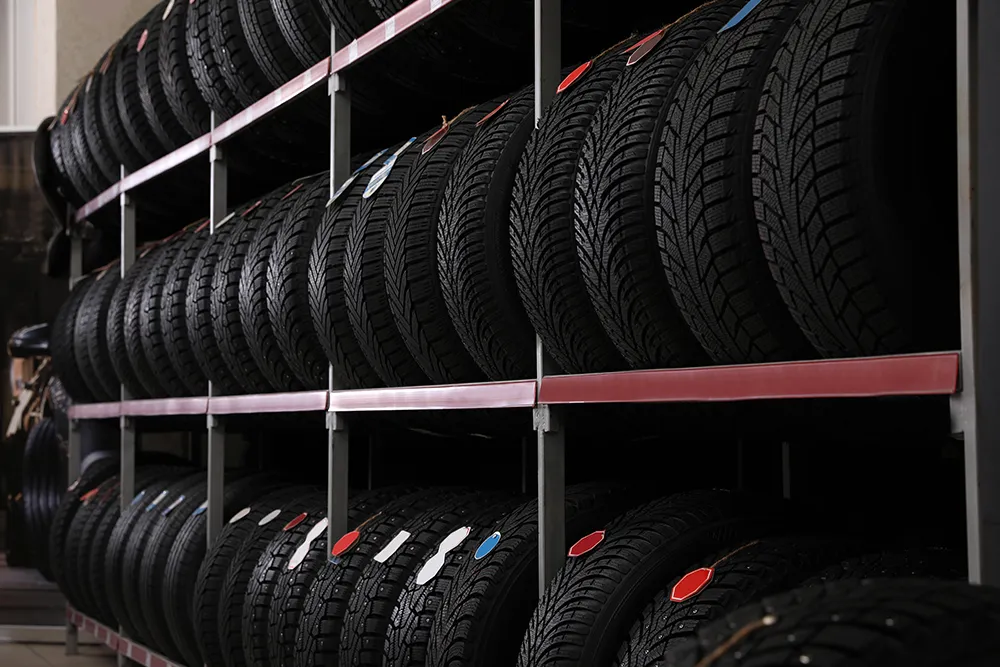As the winter season comes to an end, it’s essential to pay special attention to your vehicle’s tires. Winter driving conditions can have a significant impact on the health and performance of your tires. In this article, we will discuss why it is important to give your tires a checkup after winter driving.
Factors Affecting Tires During Winter
During the winter months, your tires are exposed to harsh conditions that can lead to wear and tear. Factors such as cold temperatures, ice, snow, and road salt can all contribute to the deterioration of your tires. Here are some specific reasons why your tires may need a checkup after winter driving:
- Tire Pressure: Cold temperatures can cause your tire pressure to drop. Underinflated tires can lead to decreased fuel efficiency, poor handling, and increased risk of a blowout.
- Tire Tread Wear: Driving on snow and ice can accelerate tire tread wear. Insufficient tread depth can reduce traction, especially on wet roads, increasing the risk of hydroplaning.
- Alignment Issues: Winter driving conditions such as potholes and icy roads can throw off your vehicle’s alignment. Misaligned tires can result in uneven tread wear and poor handling.
- Damage Inspection: Debris hidden under snow or ice can cause damage to your tires without you even realizing it. Checking for cuts, punctures, or bulges is crucial for ensuring your tires are safe to drive on.
Importance of Post-Winter Tire Checkup
After months of navigating through snow and ice, giving your tires a thorough checkup is essential for both your safety and the longevity of your tires. Here are some reasons why a post-winter tire checkup is crucial:
- Safety: Ensuring your tires are in good condition is vital for your safety on the road. Properly inflated tires with adequate tread depth provide better traction and handling, reducing the risk of accidents.
- Fuel Efficiency: Underinflated tires can decrease fuel efficiency, costing you more money at the pump. A post-winter tire checkup can help maintain optimal tire pressure for better gas mileage.
- Tire Longevity: Identifying and addressing any issues with your tires early can help extend their lifespan. Regular checkups can prevent minor problems from turning into major issues that require premature tire replacement.
- Peace of Mind: Knowing that your tires are in top condition can give you peace of mind while driving, especially during inclement weather conditions. It allows you to focus on the road without worrying about tire-related issues.
Post-Winter Tire Maintenance Tips
To ensure your tires are in optimal condition after winter driving, here are some maintenance tips to follow:
- Check Tire Pressure: Use a tire pressure gauge to ensure your tires are inflated to the recommended psi levels.
- Inspect Tread Depth: Insert a penny into the tire tread grooves with Lincoln’s head facing down. If you can see the top of Lincoln’s head, it’s time to replace your tires.
- Alignment Check: If you notice uneven tread wear or your vehicle pulling to one side, it may be time for a professional alignment check.
- Visual Inspection: Thoroughly inspect your tires for any damage such as cuts, punctures, or bulges. Address any issues promptly.
- Rotate Tires: Consider rotating your tires to promote even wear and maximize their lifespan.
By following these maintenance tips and scheduling a post-winter tire checkup with a professional auto technician, you can ensure your tires are in top condition for the upcoming seasons.
Final Thoughts
Giving your tires a checkup after winter driving is a critical aspect of vehicle maintenance that should not be overlooked. By addressing any issues early, you can enhance safety, fuel efficiency, and the longevity of your tires. Remember that regular maintenance and inspections are key to keeping your tires in optimal condition throughout the year. Prioritize your post- winter tire checkup to enjoy a smooth and safe driving experience.


